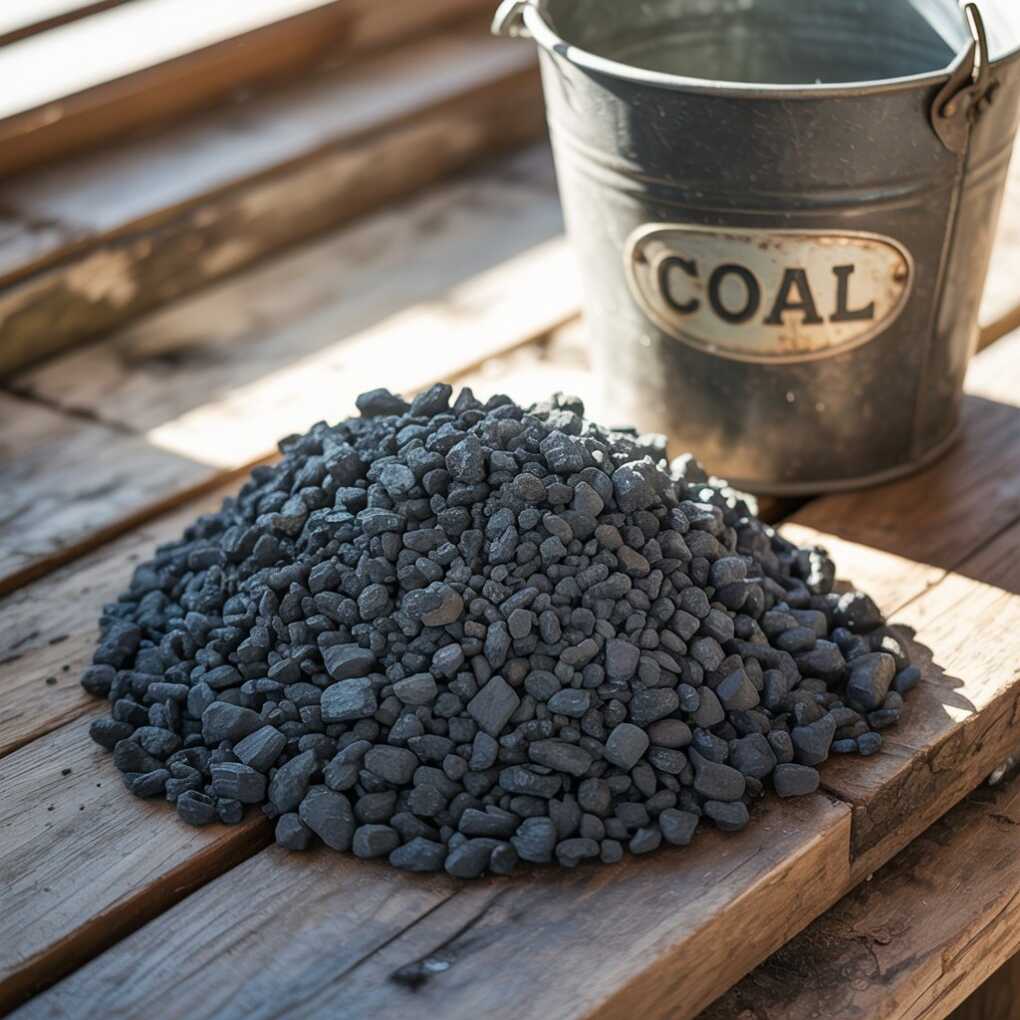As the global community continues to confront the challenges of climate change and the need for sustainable energy sources, the quest for clean and efficient fuel options remains at the forefront of environmental and economic discussions. Amidst a plethora of alternatives, one resource stands out for its potential as a clean energy solution: anthracite coal. While often overlooked in favor of more popularised renewable sources, anthracite coal possesses unique properties that make it an intriguing prospect for the future of clean energy.

Understanding Anthracite Coal
Anthracite is the highest rank of coal and is distinguished from other types by its higher carbon content, hardness, and its shiny, lustrous appearance. It is a hard, compact variety of mineral coal that has the highest energy content of all coals and is prized for its purity and long-burning capabilities.
Unlike other coal types, anthracite contains fewer impurities and has a lower sulfur content, which results in fewer pollutants being released when it’s burned. This characteristic alone positions anthracite as a cleaner-burning coal alternative, especially when compared to the more common bituminous or lignite coals.
The Environmental Benefits of Anthracite
Despite coal’s reputation for being a dirty fuel source, anthracite offers a paradox through its inherently cleaner nature. The lower sulfur content implies that sulfur dioxide emissions, which contribute to acid rain and respiratory problems, are significantly less concerning with anthracite.
In addition, modern technology enables more efficient combustion methods for anthracite, leading to higher efficiency and fewer emissions. This efficient combustion not only makes it a cleaner energy source but also ensures that less fuel is needed to produce the same amount of heat or energy, further lessening its environmental impact.
Anthracite in the Energy Mix
Considering the global energy landscape, it’s essential to evaluate all the options on the table. While renewable energy sources like solar and wind power are becoming more prevalent, coal, and in particular anthracite, can still play a crucial role.
Some of the merits of incorporating anthracite into the energy mix include its availability and stability as a resource. Unlike intermittent energy supplies that rely on weather conditions, anthracite can provide a continuous, reliable energy supply that complements renewable technologies, ensuring a balanced energy grid.
Anthracite and Technology
The potential for anthracite as a clean energy solution is significantly augmented by advances in technology. Refined combustion methods can reduce emissions, and when integrated with carbon capture and storage (CCS) technology, the environmental impact of anthracite can be mitigated even further.
Furthermore, the high-grade nature of anthracite makes it a preferred choice for certain industrial processes that require clean and high-temperature fuel, such as in the metallurgical sector for steel production. In these applications, the high carbon content of anthracite is invaluable.
Investing in Anthracite Coal
Investments in anthracite-related technology and mining can help increase the efficiency and environmental compatibility of this resource. By prioritising cleaner mining processes and the development of advanced combustion technologies, the industry can align itself with sustainable energy goals.
In addition, ensuring that the mining and supply chain operations for anthracite are conducted in an environmentally conscious manner will also contribute to its image as a clean energy resource.
Economic Viability
On the economic front, anthracite coal holds distinct advantages. Due to its high energy content, anthracite is more cost-effective to transport over long distances, since less volume is required to produce the same amount of energy as compared to other coal types.
Furthermore, the existing infrastructure for coal can be adapted with comparatively minimal investment to handle anthracite, allowing for a more seamless integration into the current energy system.
Anthracite and Renewable Synergy
A comprehensive clean energy strategy should include a synergistic approach that combines renewable sources with clean-burning fossil fuels. Anthracite coal could play an important role in this integrated model, providing a bridge energy solution while renewable technologies continue to scale up and become more affordable.
This approach recognises the practical constraints of a rapid transition to 100% renewable resources and leverages anthracite’s advantages in the interim.
The Future of Energy
The future of global energy will undoubtedly embrace a diverse range of solutions. As a resource with a favourable emissions profile and high energy yield, anthracite coal stands out as an energy source that warrants attention.
While the energy industry progresses towards a cleaner and more sustainable future, it should not overlook the potential contributions of anthracite coal. By focusing on cleaner production and usage technologies, anthracite can help meet the world’s energy demands while reducing the overall environmental impact.
Conclusion
In the quest for clean energy solutions, anthracite coal emerges as an asset that combines high energy efficiency with a cleaner-burning profile. With the proper technological advancements and investments, it can contribute to a diverse energy mix that supports environmental goals while ensuring reliability and economic efficiency.
The legacy of coal as a primary energy source has left a complex footprint on the environment and society. However, utilising high-quality anthracite strategically could help pave the way towards a scenario where both economic and ecological concerns are addressed, making anthracite coal a compelling component in the future of clean energy.
